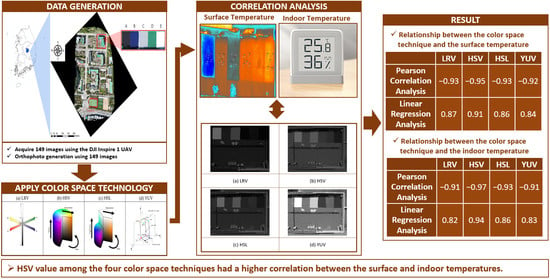Evaluation of Applicability of Various Color Space Techniques of UAV Images for Evaluating Cool Roof Performance
Abstract
1. Introduction
2. Materials and Methods
2.1. Study Area and Equipment
2.2. Unmanned Aerial Vehicle (UAV) Data Acquisition
2.3. Data Processing
2.3.1. Red, Green and Blue (RGB) Image Data Processing
2.3.2. Thermal Infrared (TIR) Image Data Processing
3. Results and Discussion
4. Conclusions
Author Contributions
Funding
Acknowledgments
Conflicts of Interest
References
- Korea Meteorological Administration. Available online: http://www.kma.go.kr/download_02/ellinonewsletter_2018_07.pdf (accessed on 6 August 2020).
- Korea Meteorological Administration. Available online: http://www.kma.go.kr/download_02/ellinonewsletter_2018_08.pdf (accessed on 6 August 2020).
- Goldreich, Y. Ground and top of canopy layer urban heat island partitioning on an airborne image. Remote Sens. Environ. 2006, 104, 247–255. [Google Scholar] [CrossRef]
- Romeo, C.; Zinzi, M. Impact of a cool roof application on the energy and comfort performance in an existing non-residential building: A Sicilian case study. Energy Build. 2013, 67, 647–657. [Google Scholar] [CrossRef]
- Santamouris, H.S.; Papanikolaou, N.; Linardi, A.; Klitsikas, N. The Effect of the Heat Island on Air Conditioning Load. J. Energy Build. 2000, 32, 131–141. [Google Scholar]
- Yang, J.; Pyrgou, A.; Chong, A.; Santamouris, M.; Kolokotsa, D.; Lee, S.E. Green and cool roofs’ urban heat island mitigation potential in tropical climate. Solar Energy 2018, 173, 597–609. [Google Scholar] [CrossRef]
- Zingre, K.T.; Yang, E.; Wan, M.P. Dynamic thermal performance of inclined double-skin roof: Modeling and experimental investigation. Energy 2017, 133, 900–912. [Google Scholar] [CrossRef]
- Shi, D.; Zhuang, C.; Lin, C.; Zhao, X.; Chen, D.; Gao, Y.; Levinson, R. Effects of natural soiling and weathering on cool roof energy savings for dormitory buildings in Chinese cities with hot summers. Solar Energy Mater. Solar Cells 2019, 200, 110016. [Google Scholar] [CrossRef]
- Imran, H.M.; Kala, J.; Ng, A.; Muthukumaran, S. Effectiveness of green and cool roofs in mitigating urban heat island effects during a heatwave event in the city of Melbourne in southeast Australia. J. Clean. Prod. 2018, 197, 393–405. [Google Scholar] [CrossRef]
- Seifhashemi, M.; Capra, B.R.; Milller, W.; Bell, J. The potential for cool roofs to improve the energy efficiency of single storey warehouse-type retail buildings in Australia: A simulation case study. Energy Build. 2018, 158, 1393–1403. [Google Scholar] [CrossRef]
- Salamanca, F.; Georgescu, M.; Mahalov, A.; Moustaoui, M.; Martilli, A. Citywide impacts of cool roof and rooftop solar photovoltaic deployment on near–surface air temperature and cooling energy demand. Bound Layer Meteorol. 2016, 161, 203–221. [Google Scholar] [CrossRef]
- Biwole, P.H.; Woloszyn, M.; Pompeo, C. Heat transfers in a double-skin roof ventilated by natural convection in summer time. Energy Build. 2008, 40, 1487–1497. [Google Scholar] [CrossRef]
- Dabaieh, M.; Wanas, O.; Hegazy, M.A.; Johansson, E. Reducing cooling demands in a hot dry climate: A simulation study for non-insulated passive cool roof thermal performance in residential buildings. Energy Build. 2015, 89, 142–152. [Google Scholar] [CrossRef]
- Synnefa, A.; Santamouris, M.; Apostolakis, K. On the development, optical properties and thermal performance of cool colored coatings for the urban environment. Solar Energy 2007, 81, 488–497. [Google Scholar] [CrossRef]
- Lu, S.; Chen, Y.; Liu, S.; Kong, X. Experimental research on a novel energy efficiency roof coupled with PCM and cool materials. Energy Build. 2016, 127, 159–169. [Google Scholar] [CrossRef]
- Akeiber, H.; Nejat, P.; Majid, M.Z.A.; Wahid, M.A.; Jomehzadeh, F.; Famileh, I.Z.; Calautit, J.K.; Hughes, B.R.; Zaki, S.A. A review on phase change material (PCM) for sustainable passive cooling in building envelopes. Renew. Sust. Energy Rev. 2016, 60, 1470–1497. [Google Scholar] [CrossRef]
- Roman, K.K.; O’Brien, T.; Alvey, J.B.; Woo, O. Simulating the effects of cool roof and PCM (phase change materials) based roof to mitigate UHI (urban heat island) in prominent US cities. Energy 2016, 96, 103–117. [Google Scholar] [CrossRef]
- Pisello, A.L.; Cotana, F. The thermal effect of an innovative cool roof on residential buildings in Italy: Results from two years of continuous monitoring. Energy Build. 2014, 69, 154–164. [Google Scholar] [CrossRef]
- Kolokotroni, M.; Gowreesunker, B.L.; Giridharan, R. Cool roof technology in London: An experimental and modelling study. Energy Build. 2013, 67, 658–667. [Google Scholar] [CrossRef]
- Ryu, T.H.; Um, J.S. Evaluating changing trends of surface temperature in winter according to rooftop color using remotely sensed thermal infrared image. J. Korean Soc. Geospat. Inf. Syst. 2013, 21, 27–37. [Google Scholar] [CrossRef]
- Bozonnet, E.; Doya, M.; Allard, F. Cool roofs impact on building thermal response: A French case study. Energy Build. 2011, 43, 3006–3012. [Google Scholar] [CrossRef]
- Ryu, T.H.; Um, J. Comparative evaluation of surface temperature among rooftop colors of flat roof building models: Towards performance evaluation of cool roof. KIEAE J. 2013, 13, 83–91. [Google Scholar]
- Lee, K.R.; Seong, J.H.; Han, Y.K.; Lee, W.H. Comparison of Rooftop Surface Temperature and Indoor Temperature for the Evaluation of Cool Roof Performance according to the Rooftop Colors in Summer: Using Thermal Infrared Camera Mounted on UAV. J. Korean Soc. Surv. Geod. Photogramm. Cartogr. 2019, 37, 9–18. [Google Scholar]
- Calantropio, A.; Chiabrando, F.; Sammartano, G.; Spanò, A.; Losè, L.T. UAV strategies validation and remote sensing data for damage assessment in post-disaster scenarios: The International Archives of the Photogrammetry. Remote Sens. Spat. Informat. Sci. 2018, 42, 121–128. [Google Scholar]
- Stepinac, M.; Gašparović, M. A Review of Emerging Technologies for an Assessment of Safety and Seismic Vulnerability and Damage Detection of Existing Masonry Structures. Appl. Sci. 2020, 10, 5060. [Google Scholar] [CrossRef]
- Entrop, A.G.; Vasenev, A. Infrared drones in the construction industry: Designing a protocol for building thermography procedures. Energy Proced. 2017, 132, 63–68. [Google Scholar] [CrossRef]
- Lee, B. Illumination Simulation of the Daylight using AGI S/W Program. J. Korea Acad. Ind. Cooper. Soc. 2017, 18, 58–62. [Google Scholar]
- Kim, S.; Oh, M.; Park, H. Analysis and prioritization of the floating photovoltaic system potential for reservoirs in Korea. Appl. Sci. 2019, 9, 395. [Google Scholar] [CrossRef]
- Pérez, M.; Agüera, F.; Carvajal, F. Low cost surveying using an unmanned aerial vehicle. Int. Arch. Photogramm. Remote Sens. Spat. Inf. Sci. 2013, 40, 311–315. [Google Scholar] [CrossRef]
- Gašparović, M.; Gajski, D. Two-Step Camera Calibration Method Developed for Micro UAV’s. In Proceedings of the International Archives of Photogrammetry and Remote Sensing, XLI-B1, Prague, Czech Republic, 12–19 July 2016; pp. 829–833. [Google Scholar]
- Lee, K.R.; Han, Y.K.; Lee, W.H. Comparison of orthophotos and 3D models generated by UAV-based oblique images taken in various angles. J. Korean Soc. Surv. Geod. Photogramm. Cartogr. 2018, 36, 117–126. [Google Scholar]
- Lowe, D.G. Distinctive image features from scale-invariant keypoints. Int. J. Comput. Vision 2004, 60, 91–110. [Google Scholar] [CrossRef]
- Han, Y.K.; Byun, Y.G.; Choi, J.W.; Han, D.Y.; Kim, Y.I. Automatic registration of high-resolution images using local properties of features. Photogramm. Eng. Remote Sens. 2012, 78, 211–221. [Google Scholar] [CrossRef]
- Hartley, R.I. Self-calibration of stationary cameras. Int. J. Comput. Vis. 1997, 22, 5–23. [Google Scholar] [CrossRef]
- Lucieer, A.; Jong, S.M.D.; Turner, D. Mapping landslide displacements using Structure from Motion (SfM) and image correlation of multi-temporal UAV photography. Prog. Phys. Geogr. 2014, 38, 97–116. [Google Scholar] [CrossRef]
- Park, S.; Ryu, T.; Choi, I.; Um, J. Evaluating the Operational Potential of LRV Signatures Derived from UAV Imagery in Performance Evaluation of Cool Roofs. Energies 2019, 12, 2787. [Google Scholar] [CrossRef]
- Kurtay, C.; Esen, O. A new method for light shelf design according to latitudes: CUN-OKAY light shelf curves. J. Build. Eng. 2017, 10, 140–148. [Google Scholar] [CrossRef]
- Bora, D.J. A novel approach for color image edge detection using multidirectional Sobel filter on HSV color space. Int. J. Comput. Sci. Eng. 2017, 5, 154–159. [Google Scholar]
- Nishad, P.M. Various colour spaces and colour space conversion. J. Global Res. Comput. Sci. 2013, 4, 44–48. [Google Scholar]
- Wang, L.; Shi, S.; Jin, W.; Zhao, Y. Color fusion algorithm for visible and infrared images based on color transfer in YUV color space, MIPPR 2007. In Proceedings of the Multispectral Image Processing, International Society for Optics and Photonics, Wuhan, China, 15–17 November 2007; p. 67870S. [Google Scholar]
- Podpora, M.; Paweł Korba’s, G.; Kawala-Janik, A. YUV vs RGB–Choosing a Color Space for Human-Machine Interaction. Comput. Sci. Inf. Syst. 2014, 3, 29–34. [Google Scholar]
- Liew, O.W.; Chong, P.C.J.; Li, B.; Asundi, A.K. Signature optical cues: Emerging technologies for monitoring plant health. Sensors 2008, 8, 3205–3239. [Google Scholar] [CrossRef]
- Sambyal, P. Study of HSV Color Space Deviations and Histograms in Image Steganography. Int. J. Comput. Trends Technol. 2015, 23, 151–154. [Google Scholar] [CrossRef]
- Tsai, S.; Tseng, Y. A novel color detection method based on HSL color space for robotic soccer competition. Comput. Math. Appl. 2012, 64, 1291–1300. [Google Scholar] [CrossRef]
- Ibraheem, N.A.; Hasan, M.M.; Khan, R.Z.; Mishra, P.K. Understanding color models: A review. ARPN J. Sci. Technol. 2012, 2, 265–275. [Google Scholar]
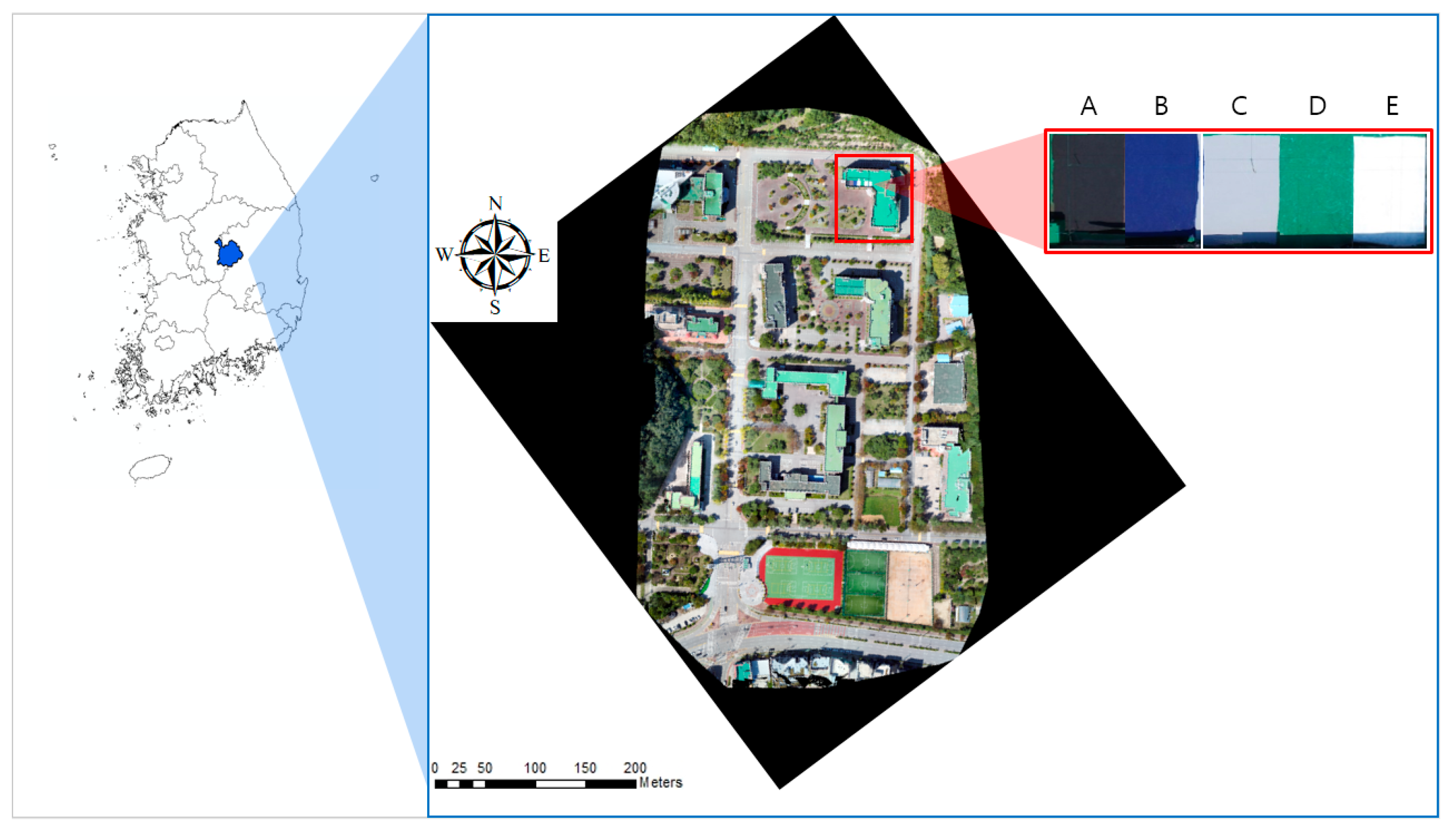
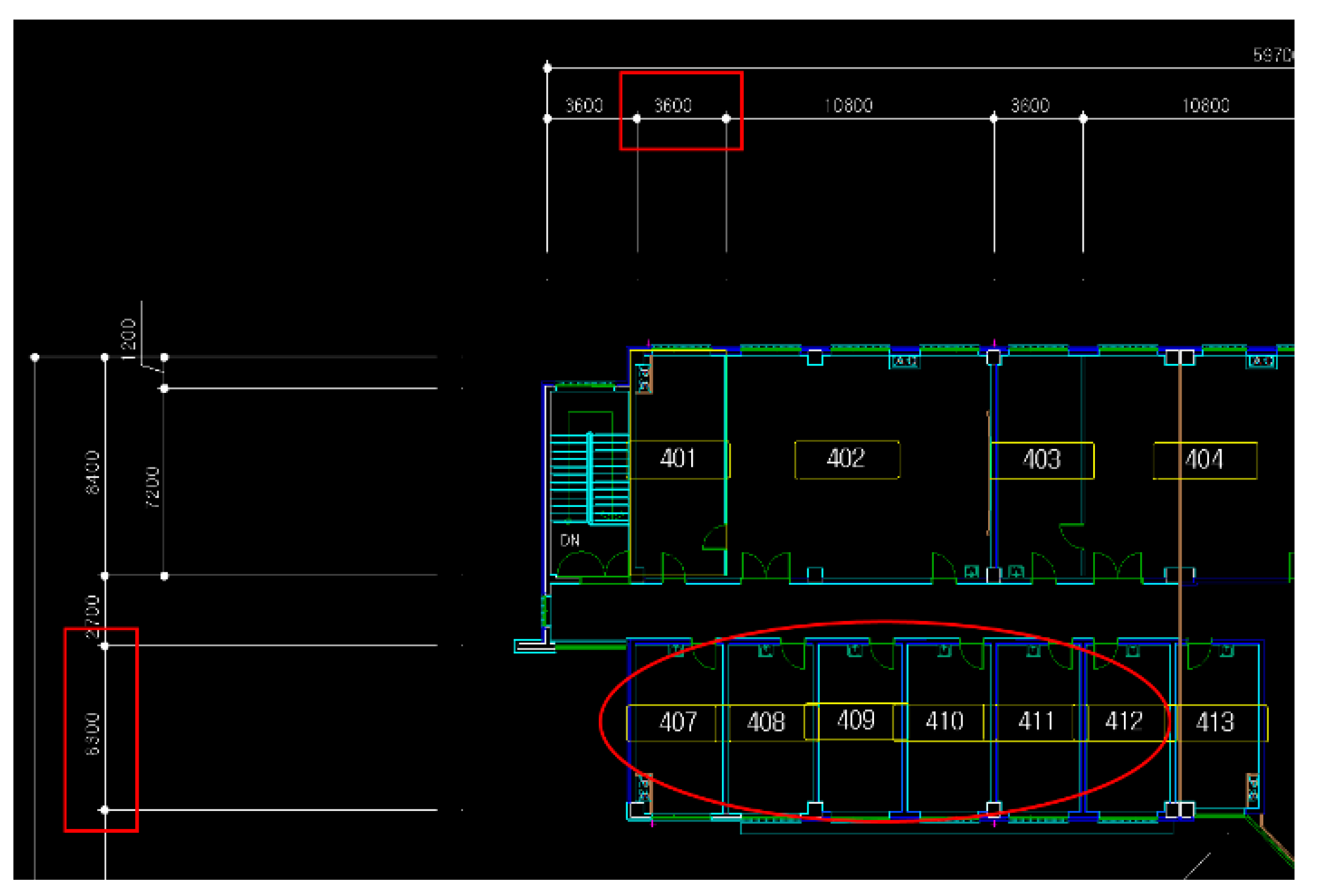
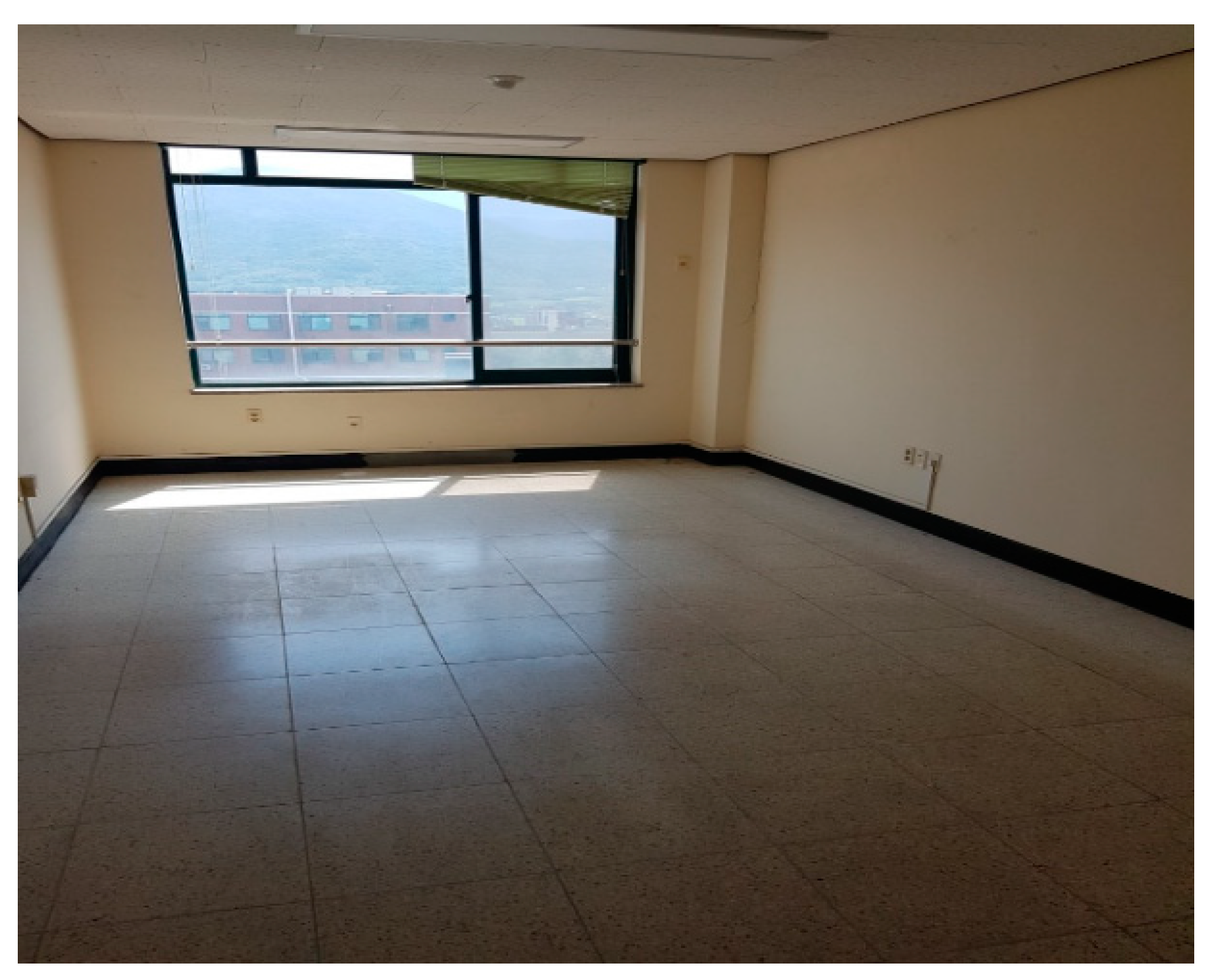
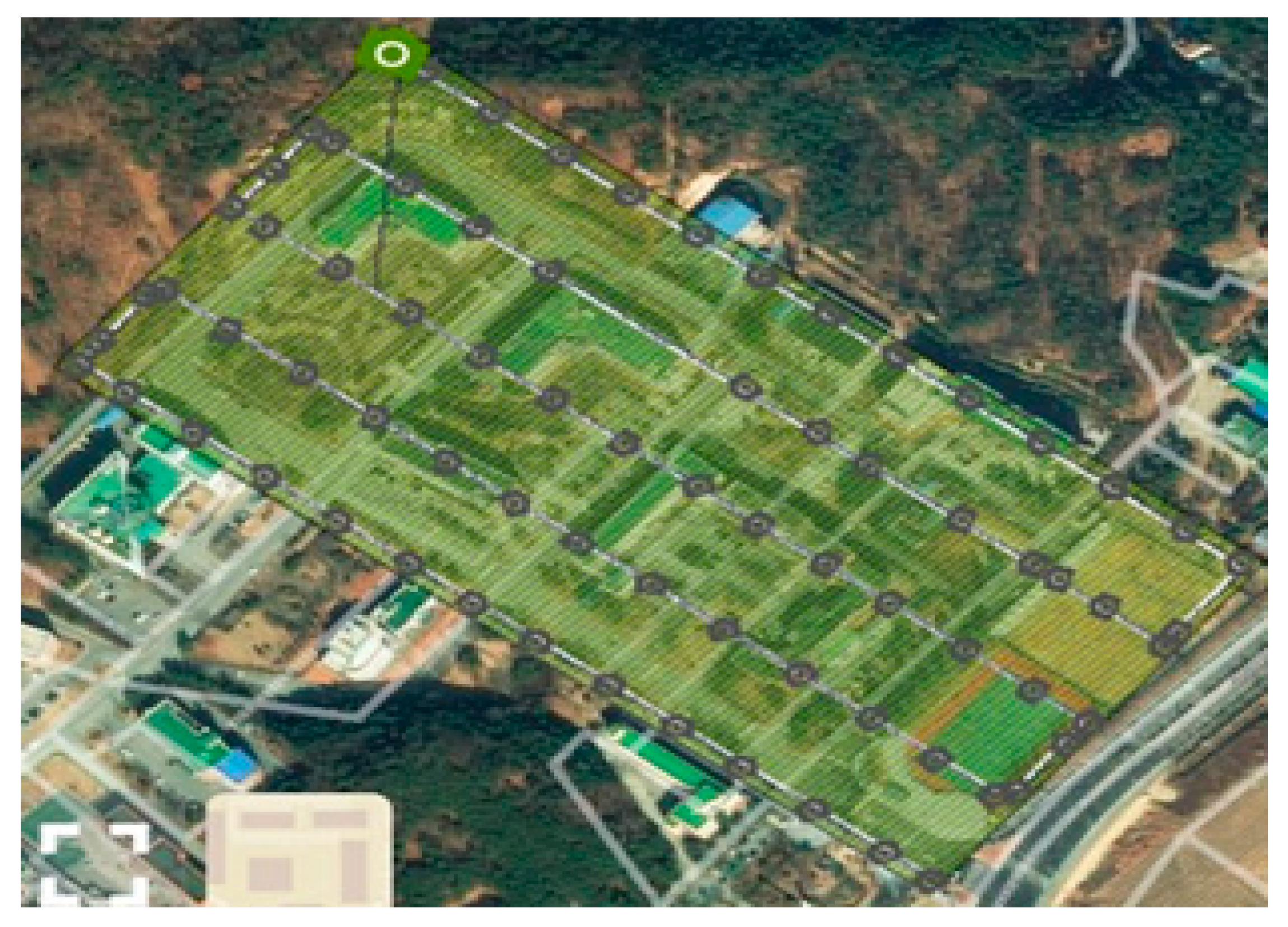
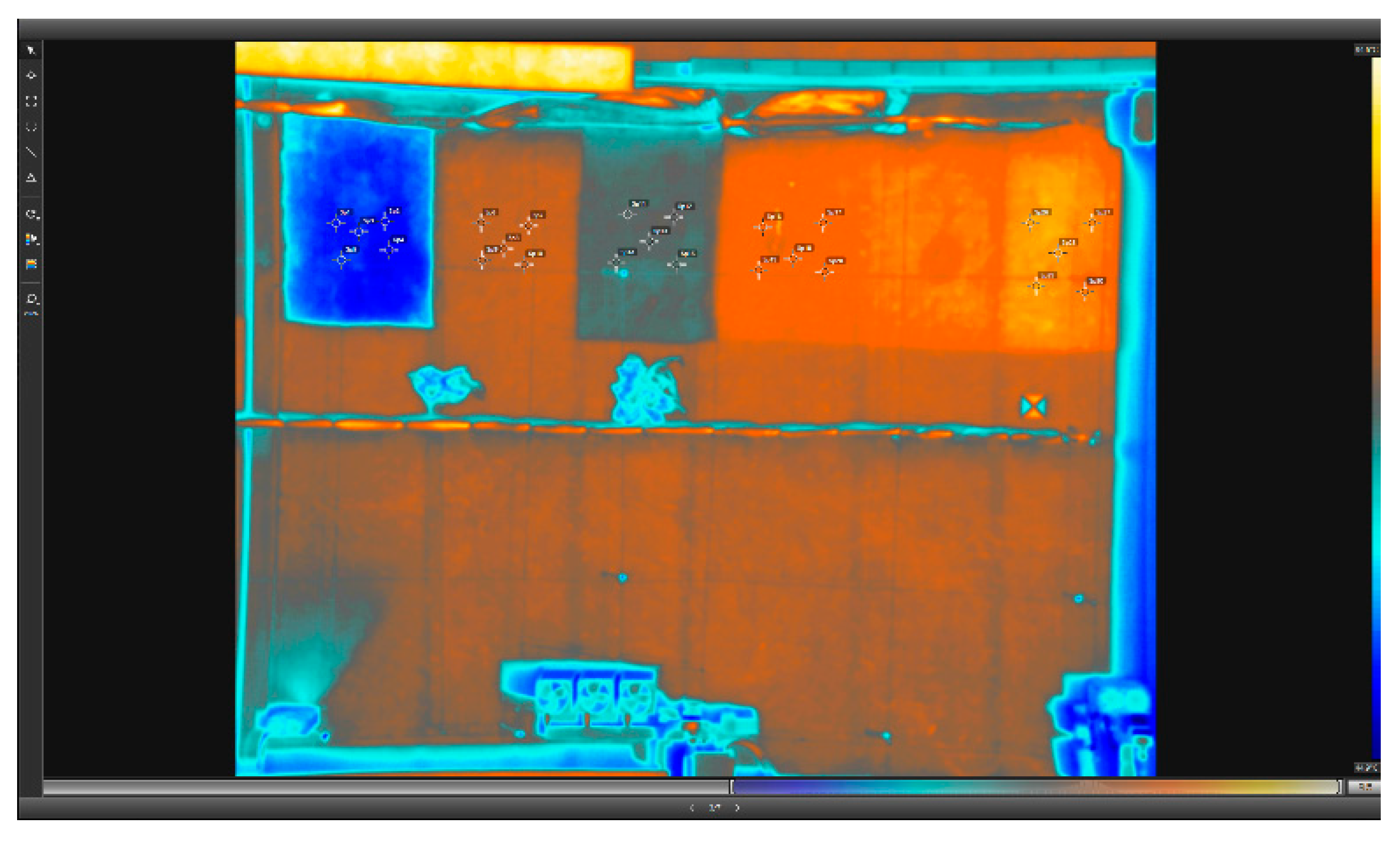
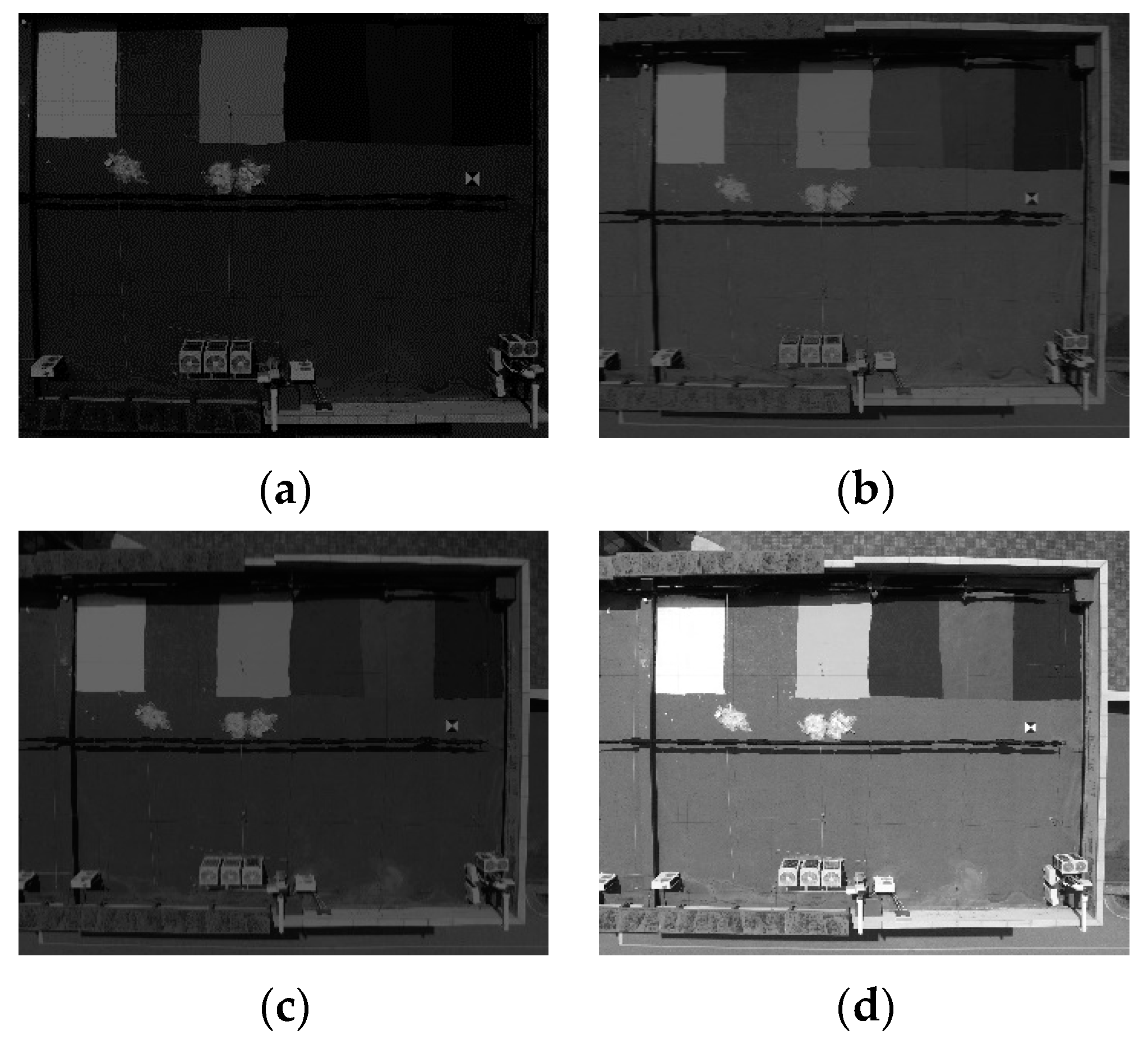
| UAV | RGB Camera | Thermal Infrared Camera | Digital Thermometer | ||||
|---|---|---|---|---|---|---|---|
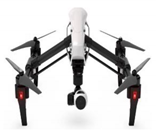 (Inspire 1) | 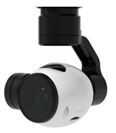 (Zenmuse X3) | 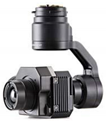 (Zenmuse XT630) |  (Xiaomi) | ||||
| Weight | 2935 g | Resolution | 4000 × 3000 | Resolution | 640 × 512 | Temperature display unit | 0.1 °C |
| Flight altitude | Max: 4500 m | Pixel size | 1.561 × 1.561 μm | Pixel size | 17 μm | ||
| Flight time | Max: 18 min | FOV | 94° | FOV | 45° × 37° | ||
| Speed | Max: 22 m/s | Focal length | 3.61 mm | Focal length | 13 mm | ||
| Maximum wind resistance | 10 m/s | F-stop | F/2.8 | Scene range | −25 °C~+135 °C (High gain) −40 °C~+550 °C (Low gain) | Temperature accuracy | ±0.3 °C |
| Residual for images |  | Focal length (pixel) | : 2306.73 |
| : 2308.33 | |||
| Principal point (pixel) | : 1964.69 | ||
| : 1519.39 | |||
| Skew coefficient | 0.179201 | ||
| Radial distortion (mm) | : 0.000909 | ||
| : 0.000324 | |||
| Tangential distortion (mm) | : −0.137255 | ||
| : 0.132394 | |||
| : −0.048854 | |||
| : 0.013898 |
| (a) | (b) | (c) | (d) |
|---|---|---|---|
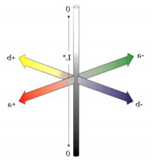 Adapted from Li et al. (2005) [42] | 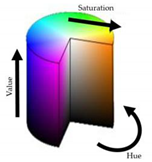 Adapted from Sambyal (2015) [43] | 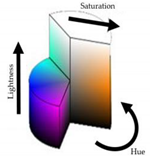 Adapted from Tsai and Tseng (2012) [44] | 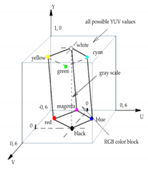 Adapted from Ibraheem et al. (2012) [45] |
| LRV = 100 × (L* + 16/116)3 | R′ = R/255, G′ = G/255, B′ = B/255, V = Max(R′, G′, B′) | R′ = R/255, G′ = G/255, B′ = B/255, L = (R′ + G′ + B′)/3 | Y = (0.257 × R) + (0.504 × G) + (0.098 × B) + 16 |
| LRV | HSV (V Channel) | HSL (L Channel) | YUV (Y Channel) | Surface Temperature (°C) | Indoor Temperature (°C) | |
|---|---|---|---|---|---|---|
| White 1 | 92.2 | 98.0 | 96.9 | 246 | 43.6 | 33.0 |
| White 2 | 87.1 | 96.1 | 93.7 | 240 | 44.0 | 33.2 |
| White 3 | 93.9 | 98.0 | 96.1 | 247 | 43.6 | 33.0 |
| White 4 | 81.4 | 92.5 | 89.8 | 231 | 45.0 | 33.5 |
| White 5 | 83.9 | 95.7 | 93.9 | 236 | 44.4 | 34.0 |
| Gray 1 | 60.7 | 86.7 | 82.2 | 205 | 56.8 | 34.0 |
| Gray 2 | 62.1 | 87.5 | 82.9 | 207 | 56.0 | 34.2 |
| Gray 3 | 63.4 | 88.2 | 83.7 | 209 | 56.6 | 34.5 |
| Gray 4 | 60.0 | 86.3 | 81.8 | 204 | 56.0 | 34.0 |
| Gray 5 | 61.1 | 86.7 | 82.0 | 205 | 55.8 | 34.5 |
| Green 1 | 26.8 | 62.0 | 42.5 | 125 | 60.5 | 35.0 |
| Green 2 | 24.3 | 59.2 | 40.8 | 120 | 60.6 | 35.2 |
| Green 3 | 24.5 | 59.6 | 40.2 | 119 | 61.0 | 35.4 |
| Green 4 | 26.2 | 61.2 | 42.4 | 124 | 60.4 | 35.5 |
| Green 5 | 25.8 | 60.8 | 42.0 | 123 | 60.6 | 35.5 |
| Blue 1 | 5.0 | 52.2 | 34.7 | 62 | 63.8 | 35.5 |
| Blue 2 | 5.2 | 53.3 | 35.1 | 63 | 64.0 | 35.4 |
| Blue 3 | 5.8 | 53.3 | 35.9 | 67 | 63.5 | 35.5 |
| Blue 4 | 5.3 | 53.3 | 34.9 | 63 | 64.0 | 36.0 |
| Blue 5 | 5.3 | 52.9 | 35.1 | 64 | 63.8 | 35.2 |
| Black 1 | 3.7 | 25.9 | 23.1 | 55 | 73.2 | 37.0 |
| Black 2 | 3.6 | 23.9 | 22.4 | 54 | 73.0 | 37.5 |
| Black 3 | 3.6 | 25.5 | 22.7 | 54 | 74.0 | 37.0 |
| Black 4 | 3.2 | 23.9 | 21.0 | 50 | 73.3 | 36.8 |
| Black 5 | 4.2 | 26.3 | 23.9 | 58 | 73.5 | 37.2 |
| LRV | HSV | HSL | YUV | |
|---|---|---|---|---|
| Pearson correlation analysis | −0.93 | −0.95 | −0.93 | −0.92 |
| Linear regression analysis | 0.87 | 0.91 | 0.86 | 0.84 |
| LRV | HSV | HSL | YUV | |
|---|---|---|---|---|
| Pearson correlation analysis | −0.91 | −0.97 | −0.93 | −0.91 |
| Linear regression analysis | 0.82 | 0.94 | 0.86 | 0.83 |
© 2020 by the authors. Licensee MDPI, Basel, Switzerland. This article is an open access article distributed under the terms and conditions of the Creative Commons Attribution (CC BY) license (http://creativecommons.org/licenses/by/4.0/).
Share and Cite
Lee, K.; Seong, J.; Han, Y.; Lee, W.H. Evaluation of Applicability of Various Color Space Techniques of UAV Images for Evaluating Cool Roof Performance. Energies 2020, 13, 4213. https://doi.org/10.3390/en13164213
Lee K, Seong J, Han Y, Lee WH. Evaluation of Applicability of Various Color Space Techniques of UAV Images for Evaluating Cool Roof Performance. Energies. 2020; 13(16):4213. https://doi.org/10.3390/en13164213
Chicago/Turabian StyleLee, Kirim, Jihoon Seong, Youkyung Han, and Won Hee Lee. 2020. "Evaluation of Applicability of Various Color Space Techniques of UAV Images for Evaluating Cool Roof Performance" Energies 13, no. 16: 4213. https://doi.org/10.3390/en13164213
APA StyleLee, K., Seong, J., Han, Y., & Lee, W. H. (2020). Evaluation of Applicability of Various Color Space Techniques of UAV Images for Evaluating Cool Roof Performance. Energies, 13(16), 4213. https://doi.org/10.3390/en13164213






